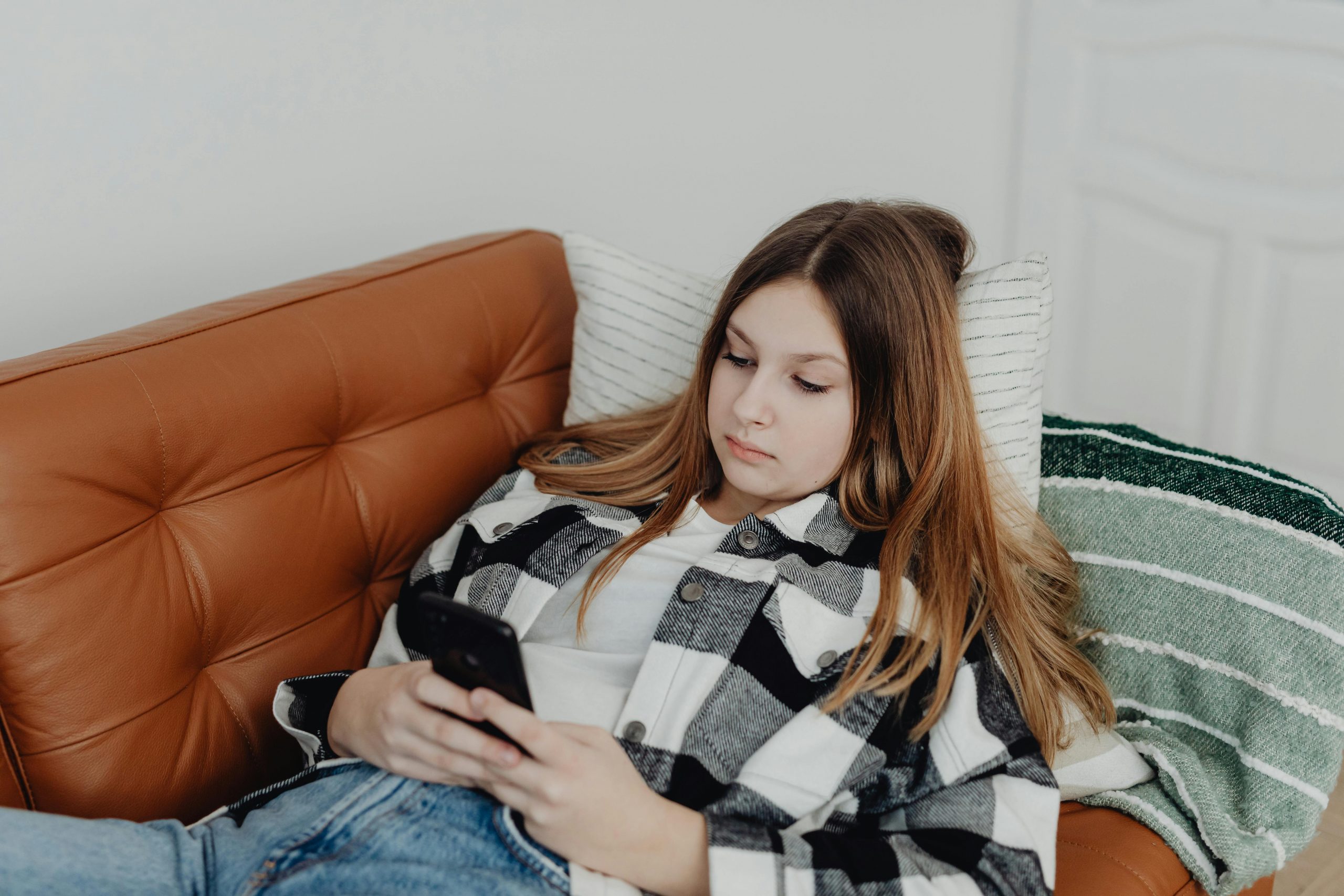“I Looked Up and It Was 2AM” Who else is victim of mindless scrolling?
By the time Zoya realized she was still on her phone, it was 2:04 in the morning.
She had planned to just watch one funny video before bed. But that “one video” turned into ten. Then twenty. Then a full hour of reels, TikToks, YouTube Shorts. Her eyes were dry, her head hurt, and the next day she could barely stay awake in class.
The worst part? She didn’t even remember what she had watched.
“I don’t even know how I got here,” she whispered to herself, lying in bed with the screen still glowing in her hand.
This had started out as something fun. A few videos to laugh at. A quick escape. Something to fill the silence.
But now? It felt like the silence was winning.
When “just a few minutes” turns into hours
Zoya isn’t alone. Most teens today spend hours on social media. It’s not about being lazy. These apps are literally designed to keep us scrolling. The constant dopamine hits. The infinite feed. The way one video leads to another and another until time disappears.
And the truth is, a lot of the content is funny, creative, even helpful. But it’s easy to cross a line. And Zoya had.
It wasn’t just about the time. It was what she was starting to feel:
- Numb but restless
- Stuck in a loop, like she couldn’t stop even if she wanted to
- Tired, but wired
- Jealous of people’s lives that seemed too perfect
- Like she was never really present, even with people she loved
She started noticing her mood drop after scrolling. She couldn’t focus on homework. Even when she wasn’t on the apps, she felt distracted—like her brain was half online even when her body wasn’t.
What helped Zoya break the cycle
One night, something clicked.
She asked herself, What am I really looking for when I open these apps?
And the answer surprised her: connection. Escape. Comfort.
But what she was getting in return? A headache, a foggy mind, and a whole lot of comparison.
So, she tried a few things. Not to quit completely—but to take back some control.
- She moved the apps off her home screen.
This made opening them a little less automatic. That pause gave her time to think. - She set app limits—real ones.
At first, she ignored the limits. But over time, she stuck to them more often than not. - She made her bedroom a phone-free zone after 10PM.
Not easy. But after a week, she was falling asleep faster and waking up less drained. - She started asking, “Why am I opening this?”
If she was bored or anxious, she tried something else—even just stepping outside or texting a real friend. - She forgave herself.
The hardest part. But every day she reminded herself—she wasn’t addicted because she was weak. She was hooked because the system was designed that way.
If you feel like Zoya…
You’re not broken. You’re not lazy. You’re not the only one who keeps saying “just five more minutes.”
Social media addiction is real. Mindless scrolling is real. But you can create space between you and the scroll.
Start with one change. One app limit. One night without your phone next to your pillow.
Not because you “should.”
But because you deserve to feel present in your own life again.
You don’t have to delete everything. You don’t have to disappear. You just get to take your power back.
One scroll at a time.
Are you addicted? Are you under stress? Need to talk to someone? Text “HELLO” to 741741 or visit Crisis Text Line. Trained crisis counselors are available 24/7 to help you with your stress.


